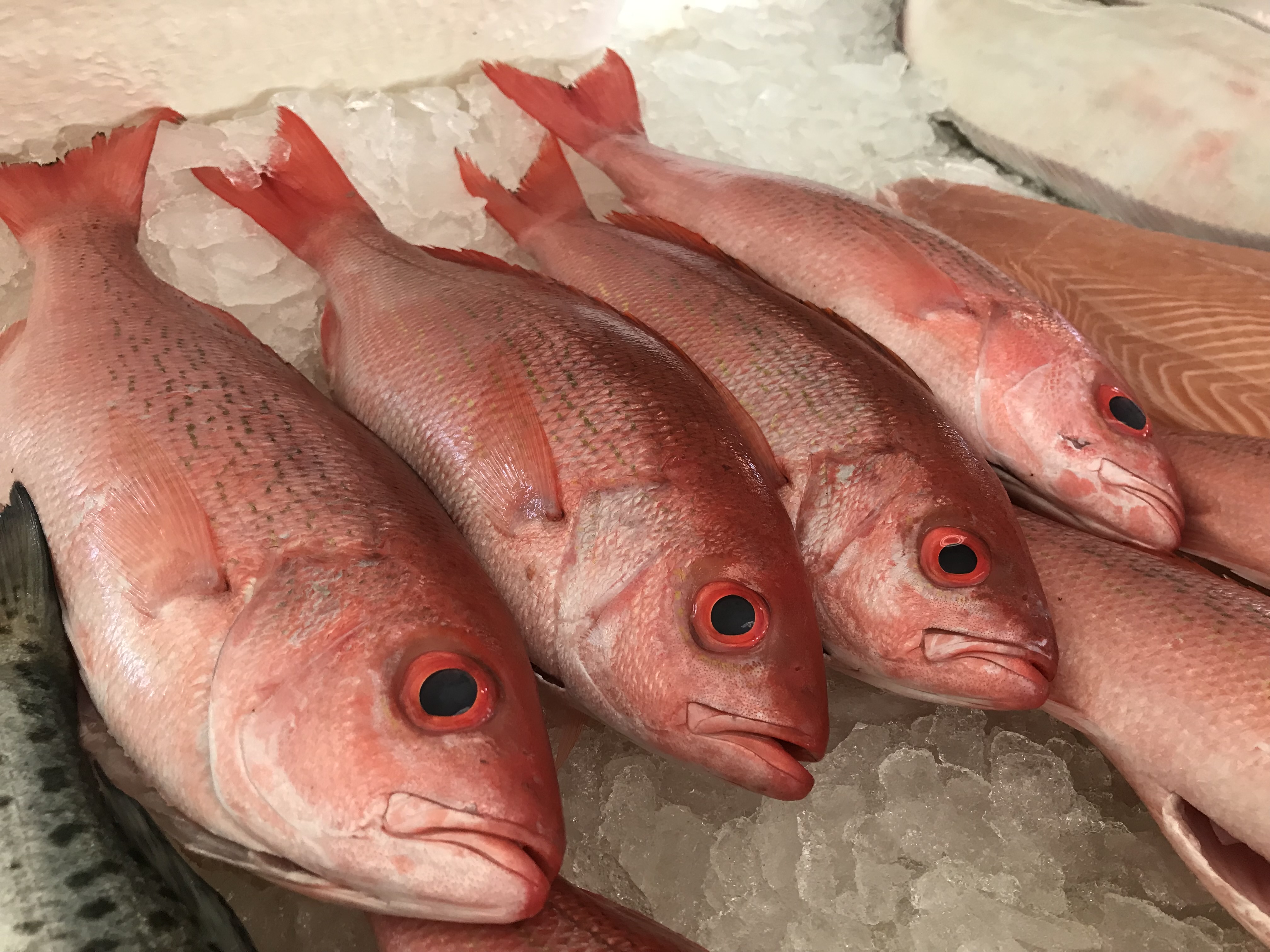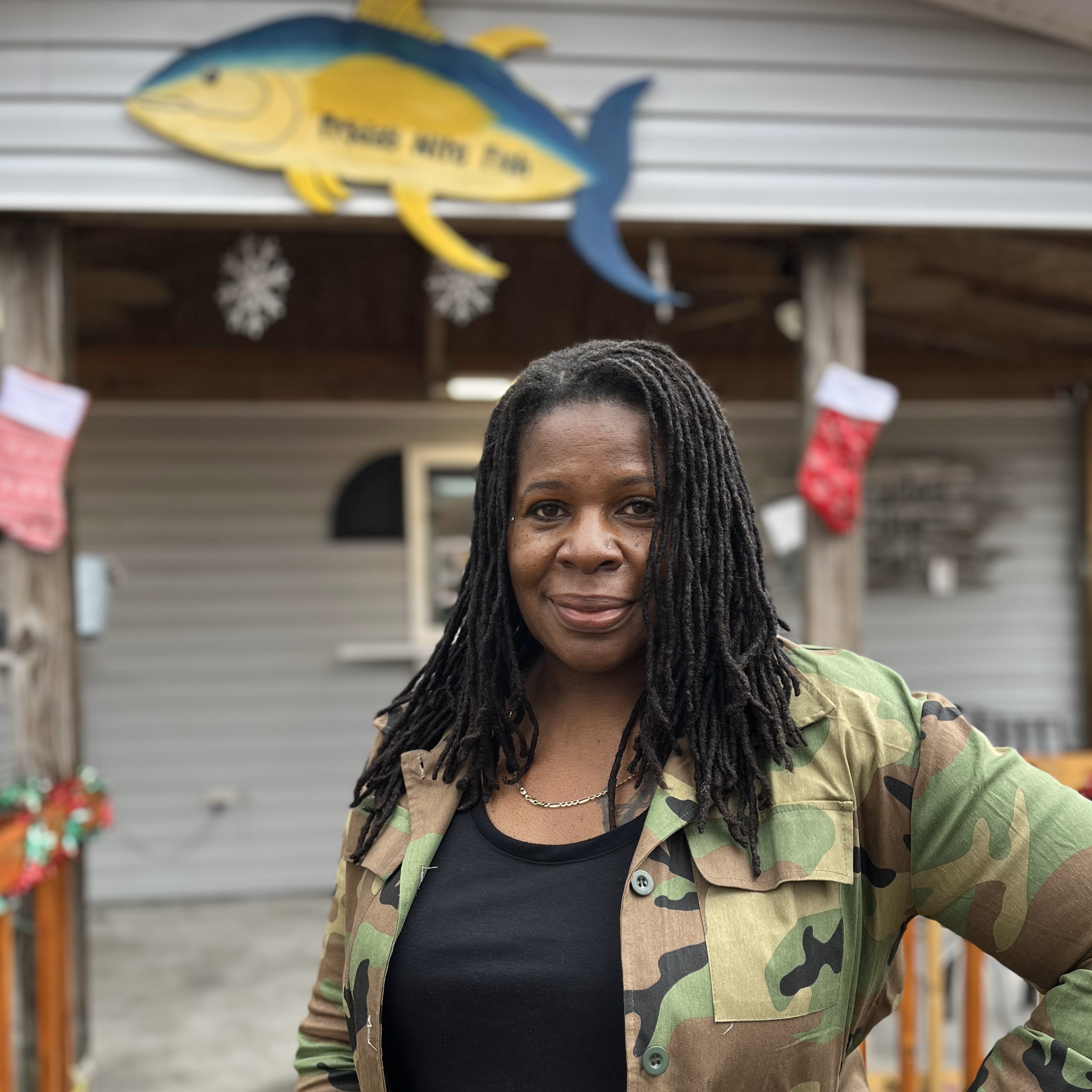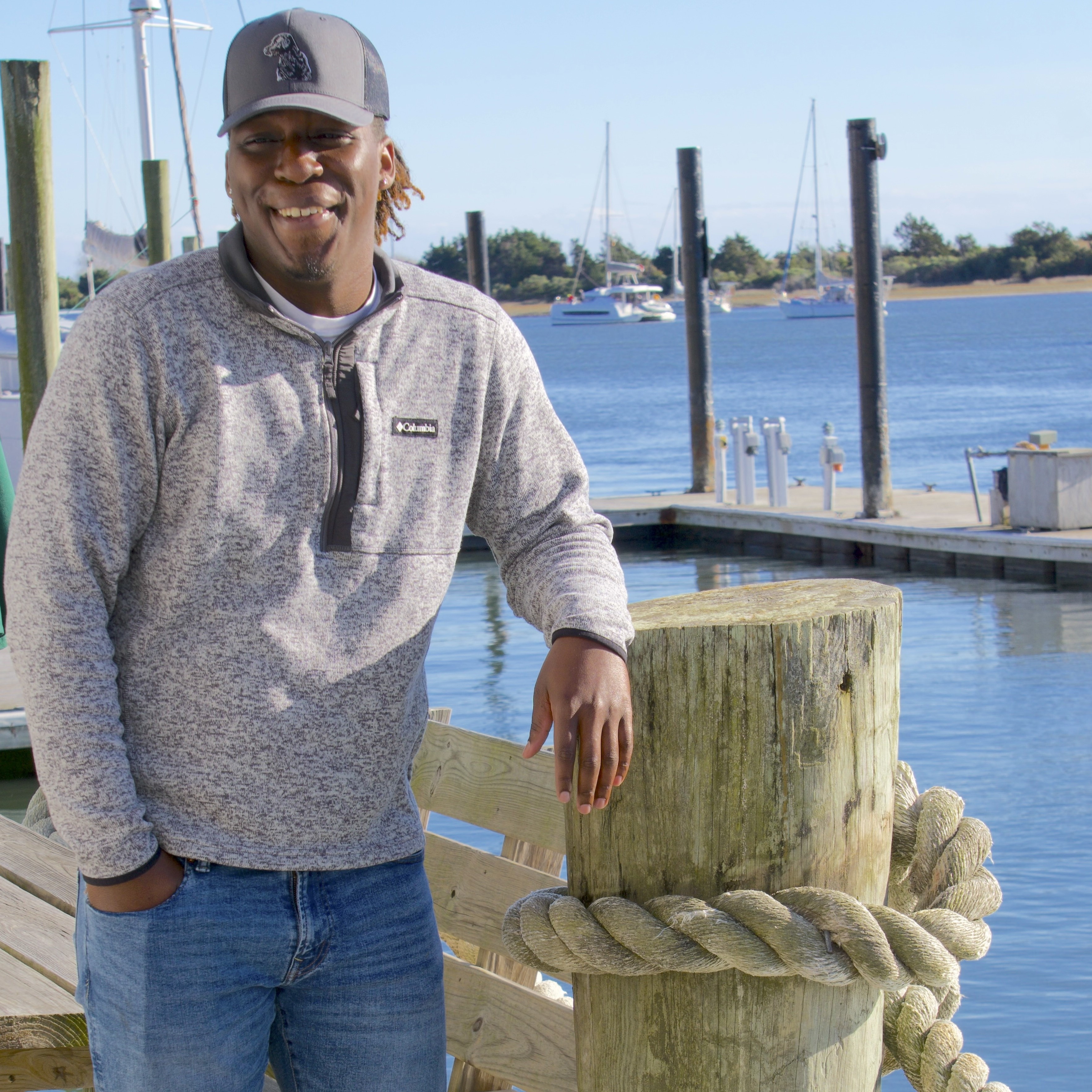4 ways you can fight seafood fraud

A new report shows that the United States is the third worst in the world when it comes to mislabeled seafood. Protecting yourself is easy with these tips
Thirty-eight percent of seafood is mislabeled in the United States, according to The Guardian's analysis of 44 recent studies of seafood sold in 30 countries.
Those studies, conducted since 2018, covered 9,000 seafood samples from fish mongers, supermarkets and restaurants. America ranked just below Canada and the United Kingdom, each with a 55% mislabeling rate.
When it comes to incorrect labeling, the Guardian found that one species of fish might be identified as another. Processed seafood like prawn balls from Singapore contained pork but no prawns.
Seafood was not always deliberately mislabeled, The Guardian noted, but a number of cases involved lower-priced, less desirable species substituted for higher-priced seafood, raising alarms.
Mislabeled seafood can pose health threats, The Guardian reported. It also hurts N.C. fishing families and communities, as well as seafood dealers in the state, by undercutting seafood prices.
These markets sell seafood you can trust
"Mislabeling seafood and concealing illegally caught fish evades inspection fees, permits and other business costs that affect the price of responsibly caught seafood," the U.S. National Oceanic and Atmospheric Administration said.
Avoiding mislabeled seafood is not difficult. Follow these tips:
- Visit trusted seafood markets in North Carolina , places run by owners who know the people who catch the fish and shellfish sold.
- Choose whole fish and shellfish and let the fish monger prep your selections. "Once fish is filleted and skinned, its species can be difficult to determine," the U.S. National Oceanic and Atmospheric Administration said.
- Know what seafood is in season . And never be reluctant to ask where it was harvested. Trusted seafood dealers and restaurant staff are happy to answer your questions.
- Learn more at Fish Watch, an online resource of U.S. seafood facts ranging from how fishing operations are regulated to how to buy, handle and cook seafood.





